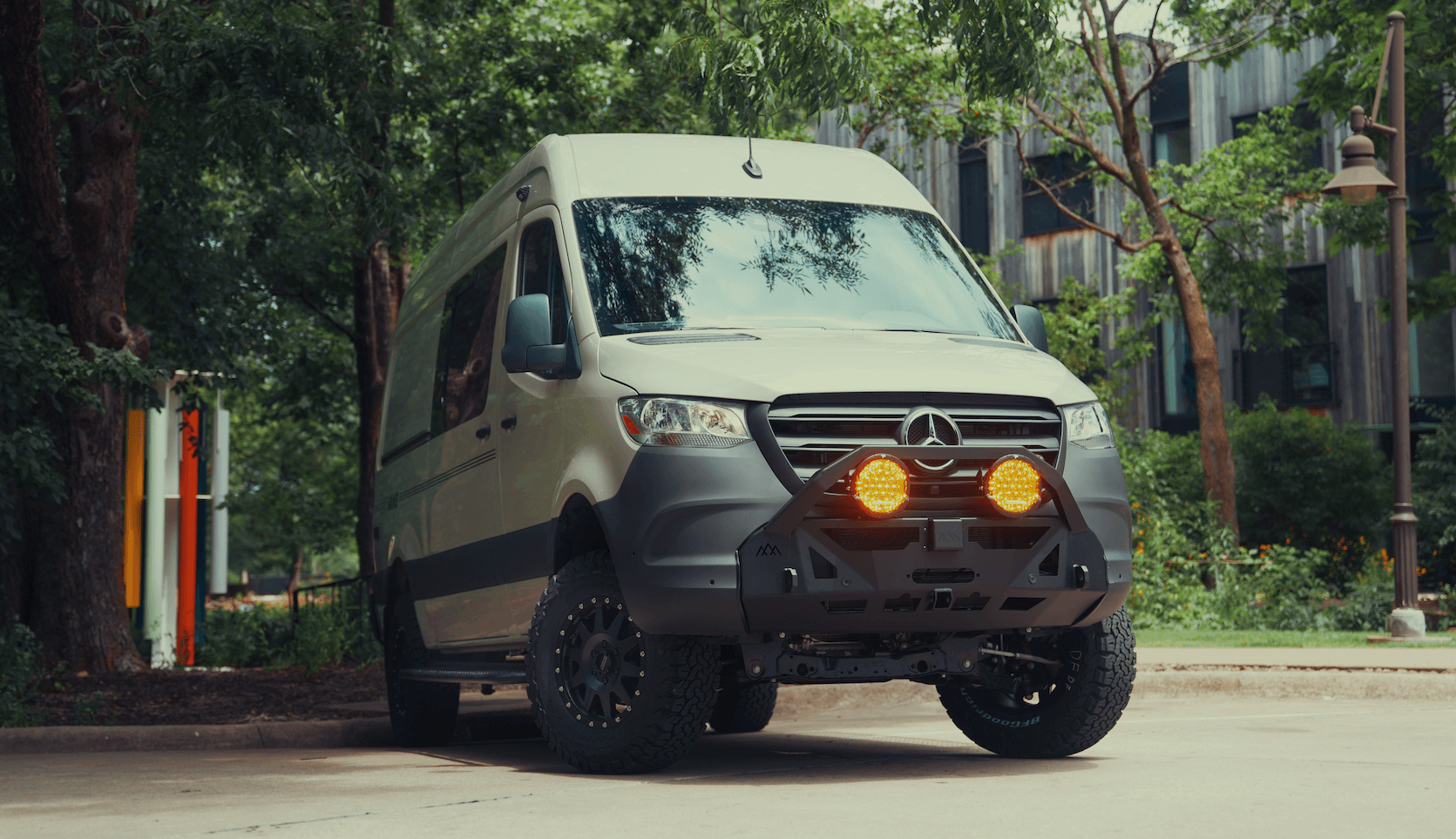Recreational Vans

A transfer switch wiring diagram is a map of how two separate sources feed one load without ever tying the sources together. The diagram labels line inputs, the switched poles, and the single output that feeds a panel or downstream equipment. It also shows the neutral path and the equipment grounding conductor so you can confirm bonding is correct for the system type.
Manual transfer switches use a mechanical selector that moves from Source A to Source B with a visible break in between. Automatic transfer switches sense loss of preferred power, start a generator if present, and transfer the load after a delay. Either design prevents backfeed and keeps utility workers and gear safe.
Pay attention to pole count. A two pole unit handles a 120 or 240 single source. A three pole unit switches both hot legs and sometimes a shared neutral in certain systems. A four pole unit switches both hot legs plus the neutral, which is required in specific cases.
Automatic transfer switches add sensing, time delays, and sometimes generator start circuits. Their diagrams include control relays, coils, and auxiliary contacts with labels like NO, NC, and COM. Manual switches are simpler and show only power poles and lugs. Choose an automatic design for unattended backup and a manual design when simplicity and cost are preferred.
In a 120 only setup, the diagram shows one hot, one neutral, and ground. In a split phase 120 240 system, the diagram shows two hots labeled L1 and L2 plus neutral and ground. The output feeds a load center that serves both 120 and 240 circuits. Wire sizes, breaker ratings, and the transfer switch amperage must match the service rating.
Start by identifying the legend and the terminal labels. Diagrams use L for line, T or Load for the outgoing side, N for neutral, and the ground symbol for the equipment grounding conductor. Trace the source that is designated as preferred power and the alternate source. Confirm there is no point where sources touch when the switch is in either position.
Home backup with a generator often uses a four pole switch on a separately derived system where the generator neutral is bonded at the generator. In that case the diagram shows a switched neutral. If the generator is not separately derived and the neutral bond is only at the service equipment, the diagram will show a solid neutral that does not switch.
RV and van systems usually have shore power and an inverter or generator. The transfer switch diagram routes shore power to the distribution panel when available. When shore drops, the switch moves to the inverter or generator source after a short delay. Many inverter manufacturers require a switched neutral to avoid dual neutral bonds. That detail is clearly called out in the diagram as a fourth pole on 120 volt systems.
A popular layout uses a transfer switch feeding a dedicated critical loads subpanel. The diagram shows selected circuits moved from the main panel to the subpanel. During utility power, the transfer switch passes utility to the subpanel. When utility fails, the switch moves to generator. This approach avoids overloading by limiting what can be powered.
In a 30 amp 120 volt RV system, the diagram shows a single hot, neutral, and ground. A three pole transfer device switches hot and neutral to prevent conflicting neutral bonds between shore and the inverter or onboard generator. For 50 amp 120 240 RV systems, the diagram shows both hot legs switched, and in many cases a four pole device also switches neutral. Ground is never switched.
The National Electrical Code requires transfer equipment to prevent inadvertent interconnection. This is why diagrams always depict a break before make action. The neutral bonding point must be singular for the system. In a separately derived generator system the diagram shows a switched neutral. In a non separately derived system the neutral is continuous and only bonded at the service.
Use proper conductors, torque values, and strain reliefs exactly as specified by the diagram and installation manual. Match the amperage of the transfer switch to the maximum continuous current of the system. Keep conductors short, protected, and color matched to the schematic.
If you want quiet, reliable power in a road ready rig, the diagram is only step one. Sizing the inverter, selecting the right transfer device, and planning the distribution panel are where many builds drift off course. Our team designs and installs integrated systems that keep shore, inverter, solar charging, and alternator input in harmony. We build with tidy cable management, labeled circuits, and clean service access so troubleshooting is quick on the trail.
Explore our adventure ready platforms and see how power systems come together with smart layouts and real travel experience behind them.
We build in Fayetteville Arkansas and deliver nationwide. When you are ready for a dependable electrical system built around your habits, tell us where you plan to roam and how you power your days. We will turn your plan into a road proven reality.
Ready for worry free power in your van or towable. Our team designs and installs transfer switches, inverters, and compliant shore power systems that just work. Share your timeline and travel goals. We will spec the right system and build it into a clean, reliable package you can trust on the road.
ADDRESS:
6159 E Huntsville Rd, Fayetteville, AR 72701
PHONE:
(479) 326-9200
EMAIL:
info@ozkvans.com